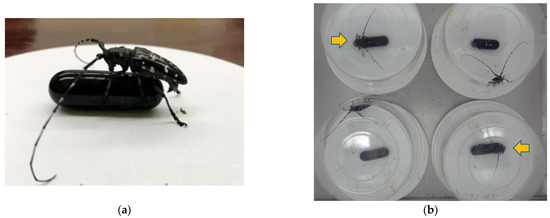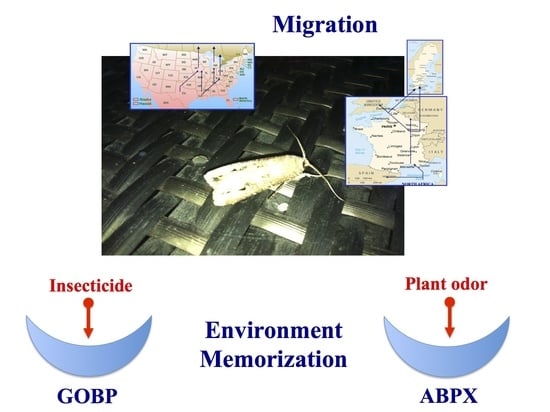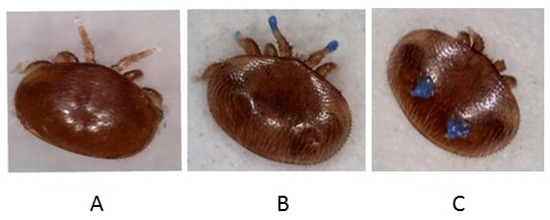Insect Chemical Ecology: Pheromone Production and Perception
A topical collection in Insects (ISSN 2075-4450).
Viewed by 8169Editor
2. School of Bioengineering, Qilu University of Technology, Jinan 250353, China
3. Science and Technology Service Platform of Shandong Academy of Sciences (STSP) Shandong Academy of Sciences – Pioneering Park, Jinan, China
Interests: moth sex pheromone; pheromone identification; pheromone production; pheromone regulation; pheromone perception; acetate; desaturase; binding protein; odorant binding protein; chemosensory protein; olfactory receptor
Special Issues, Collections and Topics in MDPI journals
Topical Collection Information
Dear Colleagues,
The insect olfactory system tuned to the human body, plant leaves, flowers, repellents, and intra-specific signals such as sex, aggregation, alarm, and trail “pheromones” has recently been proposed as a specific target for pest control (Picimbon, “Olfactory Concepts of Insect Control-Alternative to Insecticide”, 2019, Springer Nature Switzerland). This Topical Collection will collect current knowledge on the identification, production, regulation, and perception of “pheromones”, which are volatile natural chemical signals that, in the insect world, specifically change the behavior of others of the same species for adaptive responses. While skin odor chemical communication remains a mystery in humans (and most mammals), it is well known that insects have developed a variety of pheromone tissue cells, specialized glands and scent plaques for specific odor production, as well as remarkable machinery of enzymes, binding proteins, and receptors for odor recognition of sexual partners and host-plants in the primary olfactory detecting organs, the antennae. It is due to the existence of thousands of olfactory hairs (sensilla) covering the surface of antennal branches and thousands of olfactory receptor neurons within these sensilla that send projections to the insect brain. The scope of this Topical Collection is broad, as contributions should explore the significance of pheromones in fundamental and applied research.
Prof. Dr. Jean-François Picimbon
Collection Editor
Manuscript Submission Information
Manuscripts should be submitted online at www.mdpi.com by registering and logging in to this website. Once you are registered, click here to go to the submission form. Manuscripts can be submitted until the deadline. All submissions that pass pre-check are peer-reviewed. Accepted papers will be published continuously in the journal (as soon as accepted) and will be listed together on the collection website. Research articles, review articles as well as short communications are invited. For planned papers, a title and short abstract (about 100 words) can be sent to the Editorial Office for announcement on this website.
Submitted manuscripts should not have been published previously, nor be under consideration for publication elsewhere (except conference proceedings papers). All manuscripts are thoroughly refereed through a single-blind peer-review process. A guide for authors and other relevant information for submission of manuscripts is available on the Instructions for Authors page. Insects is an international peer-reviewed open access monthly journal published by MDPI.
Please visit the Instructions for Authors page before submitting a manuscript. The Article Processing Charge (APC) for publication in this open access journal is 2600 CHF (Swiss Francs). Submitted papers should be well formatted and use good English. Authors may use MDPI's English editing service prior to publication or during author revisions.
Keywords
- Insect
- olfaction
- pheromone
- pheromone gland
- sensillum
- deutocerebrum
- chemosensory protein
- odor binding protein
- desaturase
- olfactory receptor









